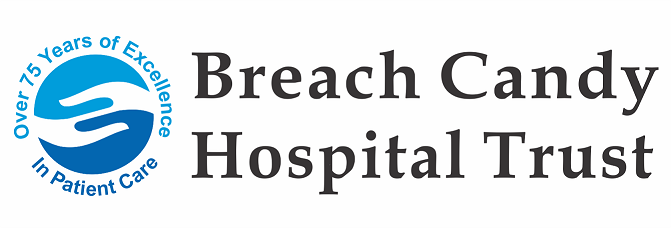FALL PREVENTION
At Home
A fall is defined as an event which results in a person coming to rest inadvertently on the ground or floor or other lower level. (WHO )
The overall risk of patient falling while hospitalized is relatively small 2-3% but data
shows that when patients do fall injuries often occur.
Factors that can increase your risk of falling:
- Past history of a fall
- Poor balance when walking , vertigo ,dizziness
- After any surgery or procedure
- Decreased muscle/ bone strength, generalized weakness
- Reduced vision or hearing
- Drop in blood pressure with standing
- Diseases such as arthritis, stroke,
- Slippery floors, ill fitting footwear
- Dementia, confusion
- Bladder difficulties, frequency of urination
What patient/family can do to prevent falls at home :
- Eat well, stay fit and use walking aid as recommended by your Doctor
- Take medications as prescribed
- Rise slowly from bed/chair to prevent sudden drop in blood pressure and dizziness (tell doctor if this occurs)
- Do not rush when walking/using stairs
- Have solid handrails on both sides of stairwell
- Ensure pathways in the home and outside (steps, sidewalks) are dry, well lit, and free of clutter
- Avoid walking on slippery surfaces
- Remove scatter rugs/mats
- nstall appropriately placed grab bars for toilet and tub/shower
- Optimize chair and toilet seat heights
- Use a well secured rubber bath mat in tub and shower
- Ask others for help with tasks that would put you at risk of falling
- Use correct eyeglasses/hearing aids and have vision/hearing tested regularly
Dear Mothers you may be at short term risk of Fall following a normal or caesarean delivery and especially during initial attempts at ambulation post delivery
The staff provides routine care post delivery – and instructions to new mother/parent on how to obtain assistance when getting in/out of bed, going to the toilet and moving your neonate/baby from cot to you for cuddling or feeding purposes.
Factors that can in crtease your risk of following
Pre-birth fall risks in women can include
- Pre-existing maternal medical conditions (high risk pregnancies)
- Seizure disorders , convulsions , antepartum hemorrhage (APH)
- Low blood pressure and diabetes
- Medications for pain or sedation (affecting level of consciousness, balance, cognition and sleep
- Epidural Anaesthesia
Post-birth fall risks in woman can include:
- Fatigue following delivery
- Post-caesarean section
- ongoing effects of anaesthesia e.g. epidurals boluses given for long duration
- Hypotension and blood loss from a post partum hemorrhage (PPH)
- Wearing badly fitting footwear
Tips for safe handling of your newborn baby At home
- Place your baby on their back while asleep in their safe cot next to your adult bed.
- Dont fall asleep while holding your baby as they can slip from your hold
- Never leave your baby unattended on an adult bed or other surface from which they may slip or fall.
- Ask for assistance,when moving your baby from their own safe cot if you feel at risk of sleeping
- Walking with your baby in your arms is not encouraged its is advised to transport in a wheel bay cot/crib
- Take extra care when changing nappies and bathing your baby.These are situations where your baby may fall or slip.
- Please let your visitors know it is important to move your baby ony in their wheeled baby cot/crib
- Please let your visitors know it is important to move your baby ony in their wheeled baby cot/crib
- Ensure your room is clutter free and all your required items are placed within your reach.
- Ensure that your bed is at the lowest with side rails raised up especially when you are sleeping with your baby.
